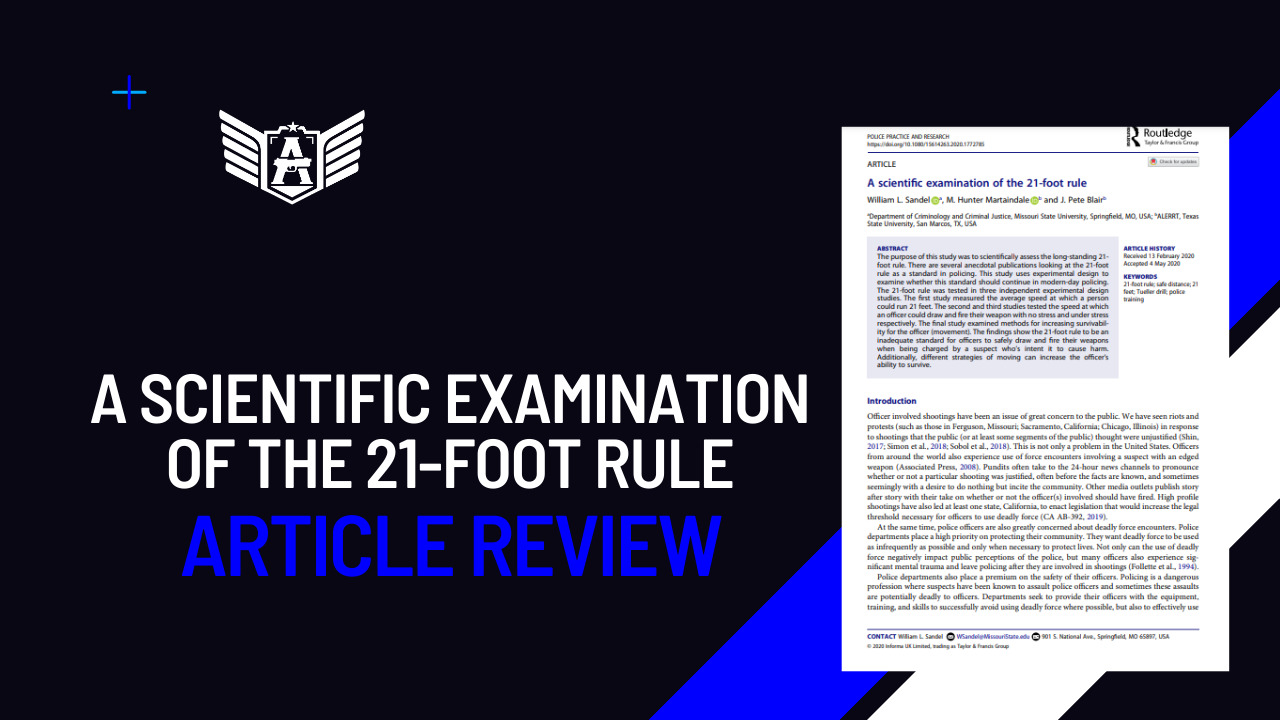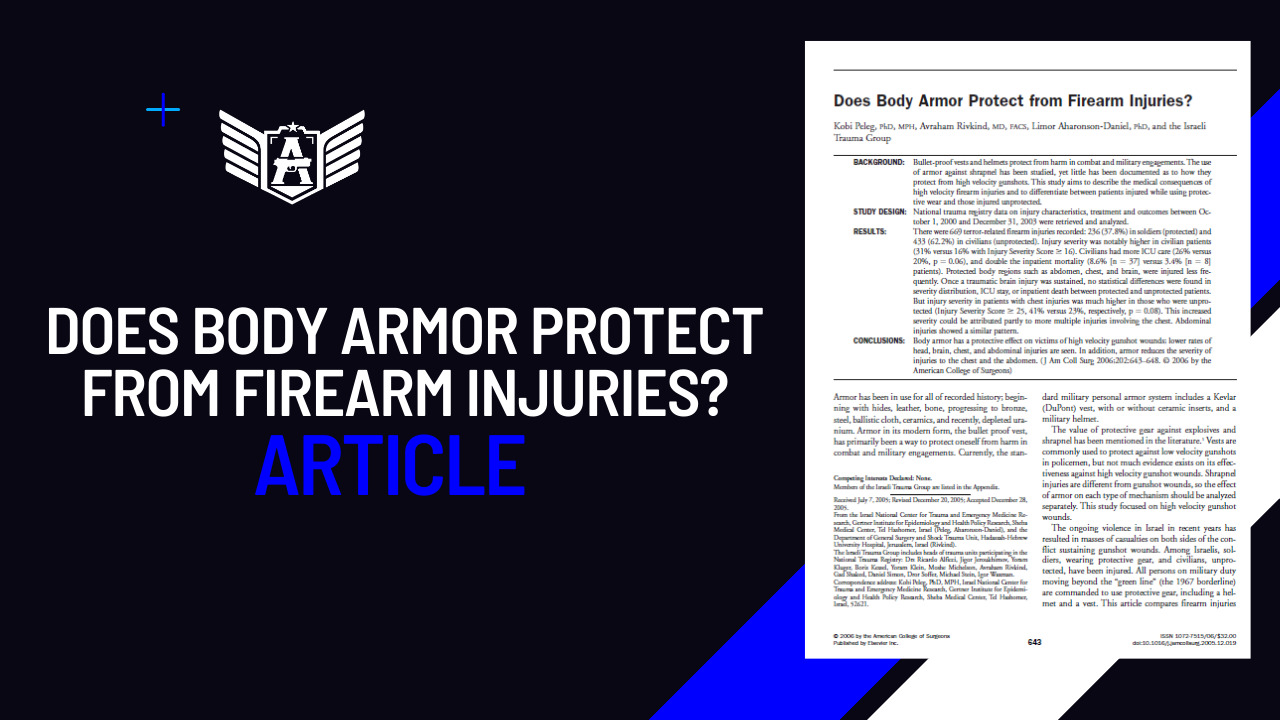In a groundbreaking scientific examination, researchers William L. Sandel, M. Hunter Martaindale, and J. Pete Blair aim to challenge the long-standing 21-foot rule, a widely accepted standard in policing. This study, conducted at the Department of Criminology and Criminal Justice at Missouri State University and ALERRT, Texas State University, utilizes experimental design to scrutinize the applicability of this rule in modern-day policing.
The research encompasses three independent experimental design studies to evaluate the 21-foot rule. The first study focuses on measuring the average speed at which a person can cover 21 feet. Subsequent studies delve into assessing an officer’s ability to draw and fire their weapon under controlled conditions (no stress) and under stress. The final study explores methods to enhance officer survivability, with a particular emphasis on movement.
Contrary to the established belief, the findings from these experiments challenge the efficacy of the 21-foot rule as a standard for officers to safely draw and fire their weapons when faced with a charging suspect intending harm. The research suggests that the 21-foot rule may be inadequate in contemporary policing scenarios.
The study also identifies alternative strategies, specifically focusing on movement, which can significantly increase an officer’s ability to survive potentially dangerous encounters. These insights prompt a reevaluation of current policing standards and highlight the importance of considering diverse factors when determining the appropriate distance for officer safety.

In conclusion, this scientific examination opens up new avenues for discussion within the law enforcement community, urging a closer look at established protocols and a commitment to refining strategies to ensure the safety and effectiveness of officers in the field.
Sandel, W. L., Martaindale, M. H., & Blair, J. P. (2020). A scientific examination of the 21-foot rule. Police Practice and Research, 1–16. doi:10.1080/15614263.2020.1772785




